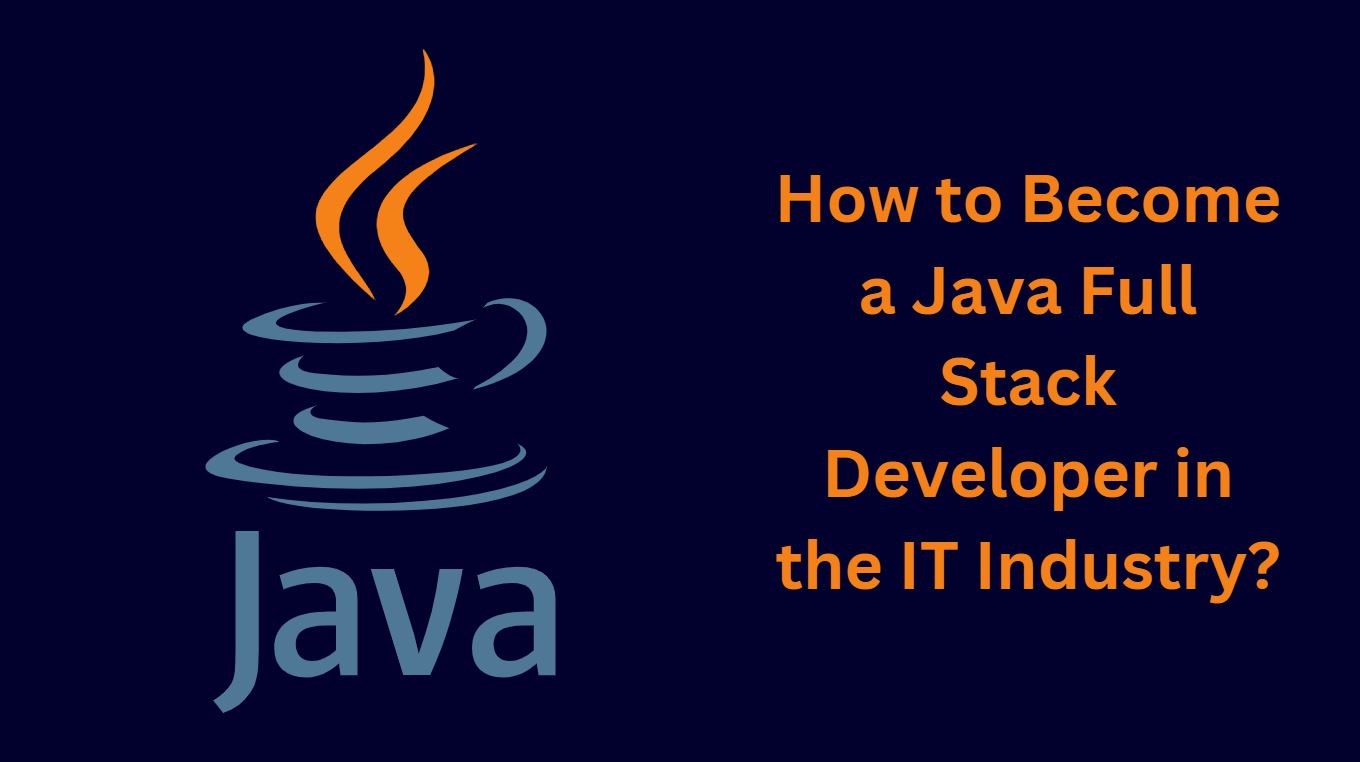- Likes
- Followers
- Followers
- Followers
- Subscribers
- Followers
- Members
- Followers
- Members
- Subscribers
- Subscribers
- Posts
- Comments
- Members
- Subscribe
How to Become a Java Full Stack Developer in the IT Industry?

Java Full Stack Developer(s) are essential to creating dependable and scalable online applications in the ever-changing IT industry. In this article, I’ll assist you in comprehending the process of becoming a skilled Java Full Stack Developer, from learning the necessary skills to navigating career options in this rapidly expanding industry.
Requirements to Become a Java Full Stack Developer
1. Mastering the Fundamentals
The path to becoming a Java Full Stack Developer begins with developing a solid foundation in programming principles. Learn the fundamentals of the Java programming language first, such as data structures, algorithms, and object-oriented programming (OOP). Additionally, become familiar with back-end frameworks like Spring Boot and Hibernate as well as front-end technologies like HTML, CSS, and JavaScript.
2. Front-End Development
An essential component of the Full Stack Developer position is front-end development. Develop your knowledge of front-end frameworks and tools, which are popular for creating dynamic user interfaces, like Angular, React, or Vue.js. To create interesting and user-friendly web apps, get knowledgeable about accessibility standards, responsive design concepts, and user experience (UX) best practices.
3. Back-End Development
Posts You May Like
Handling data operations and creating server-side logic requires in-depth understanding of back-end technology. Use Java EE or the Spring Framework to dive into server-side development and learn about RESTful APIs, managing databases, and security protocols. Get hands-on expertise with NoSQL databases like MongoDB and relational databases like MySQL or PostgreSQL.
4. Database Management
A solid understanding of database management is essential for Java Full Stack Developers. Acquire knowledge of SQL (Structured Query Language) to perform searches and modify data in relational databases. To guarantee effective data storage and retrieval, explore transaction management, normalization strategies, and database architecture principles.
5. DevOps and Deployment
Learn about the methods and resources used by DevOps to automate the processes of software development, testing, and deployment. Discover more about pipelines for continuous integration and deployment (CI/CD), version control systems like Git, and containerization technologies like Docker and Kubernetes. Recognize the best practices for delivering web applications to cloud computing platforms such as Google Cloud, AWS, and Azure.
6. Ongoing learning and growth
Since the technology sector is always changing, it’s critical to keep up with the newest frameworks, tools, and trends. Use community forums, online tutorials, workshops, and courses to continue your education. Take part in open-source projects, coding bootcamps, and hackathons to broaden your skill set and obtain real-world experience.
Through commitment to this strategy and consistent skill development, you can start a fulfilling path toward becoming a skilled Java Full Stack Developer in the field of IT. You can access fascinating job and career opportunities and help develop innovative web solutions with commitment, tenacity, and a passion for learning.
Image credit- Canva


Comments are closed.